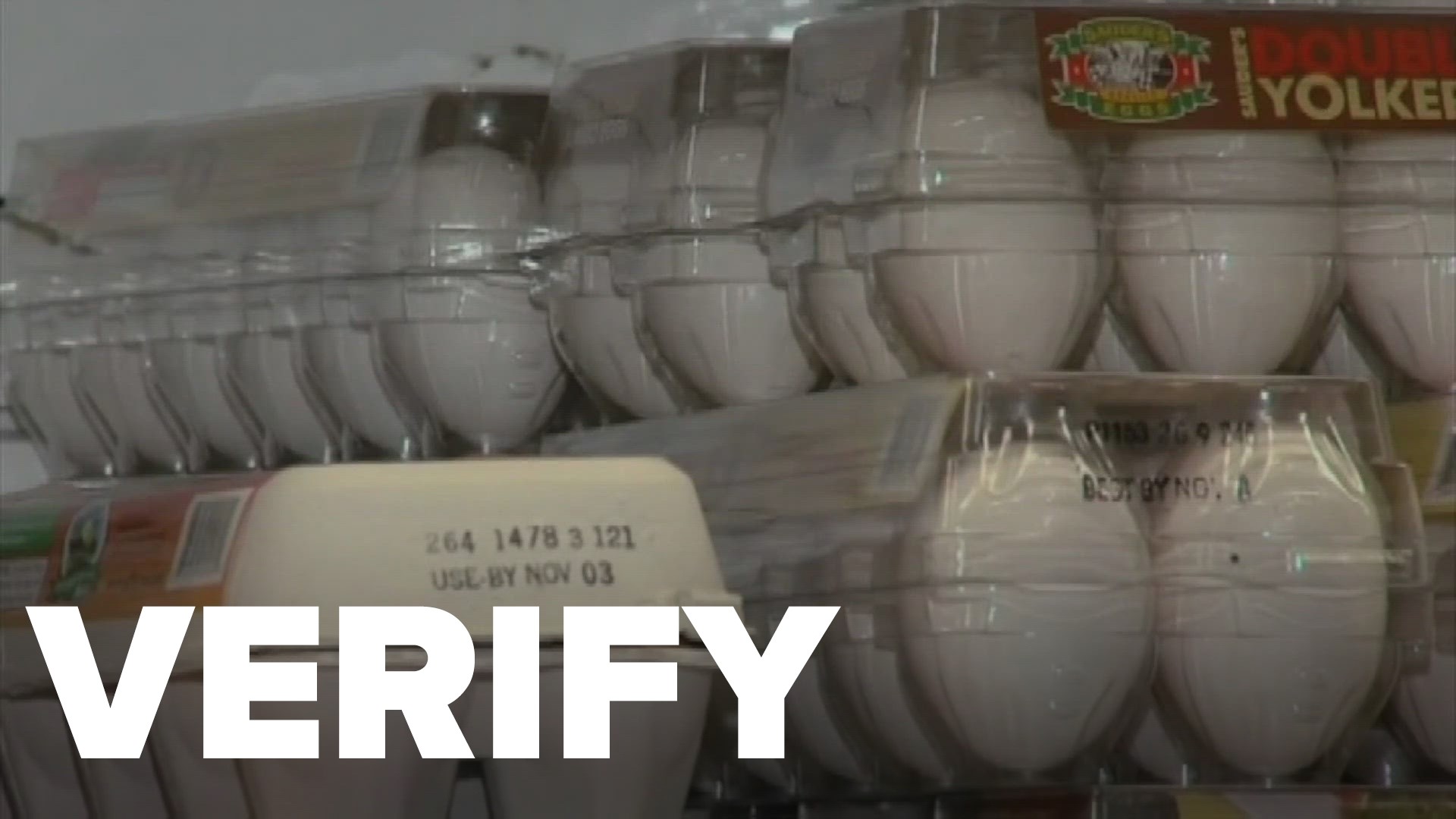LITTLE ROCK, Ark. — According to the USDA, Arkansas ranks among the top 10 states for egg production. That translates into a $325 million dollar industry for the Natural State and provides more than a thousand jobs.
In recent years, the American Egg Council has seen a growing demand by consumers for eggs laid by hens living in humane environments— which is where labels can get confusing in the grocery aisles.
So are eggs labeled “cage-free" the same as “free range”?
Grocery stores are usually stocked with a variety of egg sizes, labels, and prices. Some people prefer to pay a little extra cash for eggs from hens raised in better-than-industry-standard habitats.
If you prefer these eggs, you’ll want to know you’re getting your money’s worth.
While government agencies have strict guidelines on food safety and nutrition, the living conditions of hens are far less regulated.
Consumer Reports defines eggs labeled “cage-free” as those laid by hens that are able to roam vertically and horizontally, with access to food and water. However, that doesn't mean the hens are not still crowded together in a small, indoor facility.
Cartons labeled as “free-range” have a slight advantage. These hens must be allowed to roam indoors vertically and horizontally, with fresh food and water, and have opportunities to access the outside, especially during their laying season.
So we can verify that no, “cage-free” eggs are not the same as those marked “free-range".

